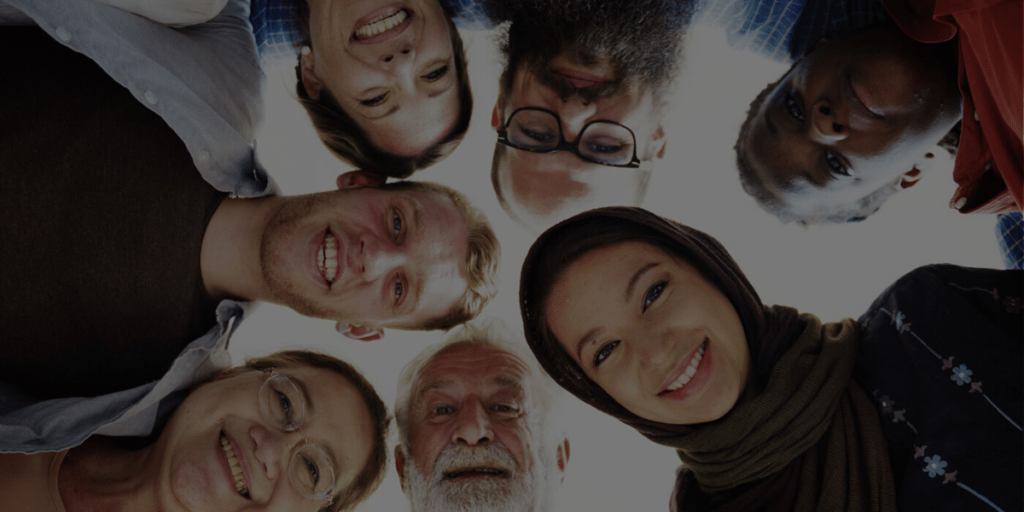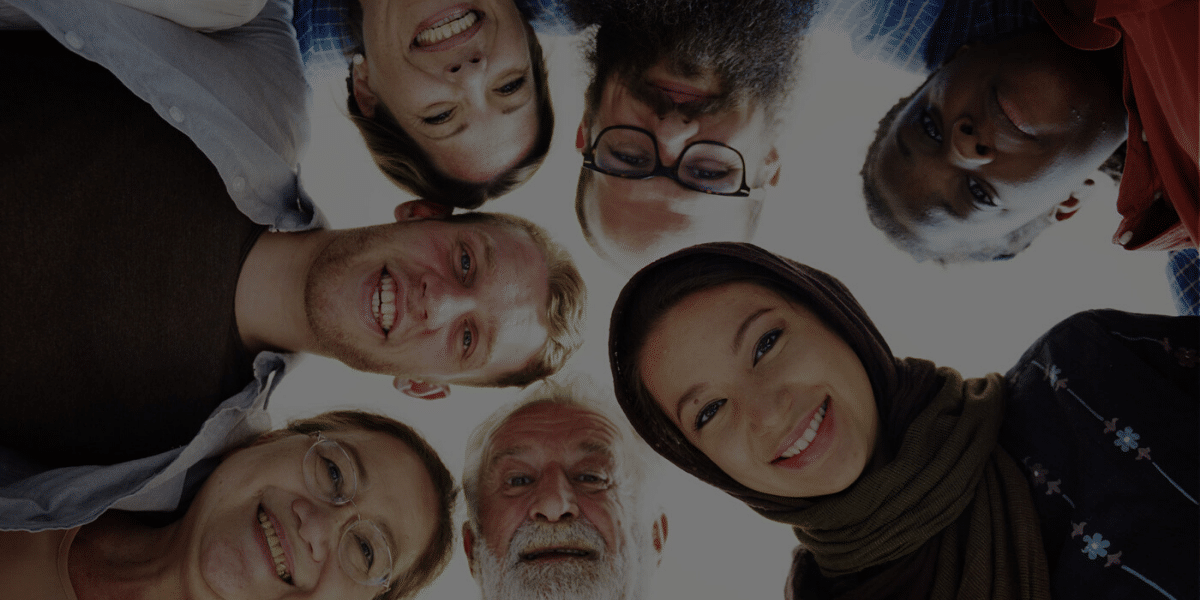by Corita Brown. This article originally appeared on Encore.org.

Encore.org releases #Gen2Gen Cities, a guide to intergenerational strategies for public sector innovators seeking solutions to community challenges.
Across the country, innovative city and county leaders see an aging population as an opportunity for intergenerational strategies that help meet multiple challenges with a single intervention. Here are a few examples:
- In New York City, nonprofit and city leaders launched an effort to pair youth living in homeless shelters with low-income older adults who have an extra room. The goal: to help stabilize two of the city’s most vulnerable populations.
- The County of San Diego’s Intergenerational Games promote healthy behaviors for youth and older adults in the face of the growing issues of social isolation, obesity, diabetes and heart disease for both generations.
- In Springfield, Missouri, a program city officials launched to increase nonprofit capacity and provide older adults with purpose and connection is so successful that adults eager to find a volunteer opportunity sign up more than a month in advance, and area nonprofits are on a waiting list to speak to them.
- In San Jose public libraries, bilingual “grandmas” are working to improve kindergarten readiness and support culturally specific early education programming for children 0-5 and caregivers.
- In a public library in El Dorado Hills, California, high school students and retired adults jointly run a 3D print lab, creating prosthetic hands for a nonprofit that distributes them to people around the world who need them.
- And, in a nod to the power of city innovation, MENTOR: The National Mentoring Partnership created Mayors for Mentors to showcase what mayors across the country are doing to expand mentoring opportunities for young people in their communities.
By leveraging the assets of residents of all ages and connecting the generations, these leaders are helping to build stronger ties, foster greater empathy, make better use of public spaces, increase volunteerism and save money, all while improving outcomes for residents of all ages. That’s innovation, Gen2Gen style!
In the report, you will learn about all of the innovations above and dozens more taking place in 17 different cities and counties, coast to coast. You’ll get tips from the public servants who got the ball rolling. And you’ll get recommendations for how to get started on intergenerational solutions of your own.
We hope that #Gen2Gen Cities will help city and county leaders create cost-effective, creative solutions to local challenges, while addressing the deep need in all of our communities to build meaningful relationships, bridge historic divides, and combat a national epidemic of loneliness and isolation.
There’s no time to lose.
The opinions expressed in this article are those of the author and do not necessarily reflect those of the Diverse Elders Coalition.

